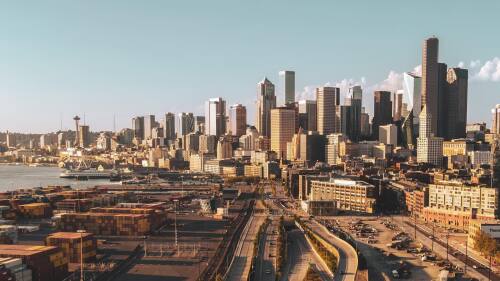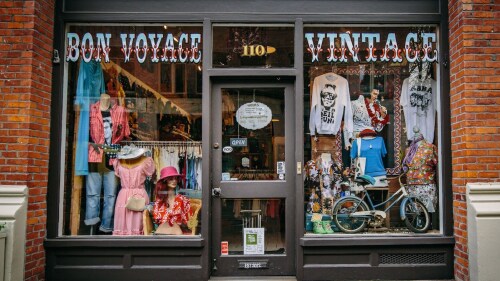It’s electric! The old ways of Washington State Ferries (WSF) are sliding over to make room for its fully hybrid-electric boat fleet — expected by 2040 with an ultimate goal of becoming entirely emissions free by 2050.
Why?
WSF is the largest ferry system in the United States — and with its efforts to transport over 20 million passengers each year, it uses 19 million gallons of fuel. Yeesh.
By electrifying its systems, WSF hopes to save some major bucks and drastically reduce those harmful greenhouse emissions.
Let’s chat about the specifics behind this plan.
Planning it out
The entire Ferry System Electrification program entails converting six of the currently operating vessels, retiring 13 others, building 16 new boats, and adding charging capabilities to 16 of the ferry system’s ports.
The first two hybrid vessels should be up and running by 2028, with another three operating by 2030.
WSF is currently on the hunt for businesses to build out these new ships (it announced its invitations for bids along with its hybrid plan).
Once in place, boats will connect every time they reach a port, where they’ll need to charge while passengers disembark and reboard. The vessels will only need about 20 minutes to charge, which is about the same amount of time they spend at the dock between crossings.
The full build out of boats and charging systems has an estimated cost of $3.98 billion, with $1.68 billion already in the coffers from a mixture of grants + state and federal funding. The remaining funds will be secured further along in the process (we are talking about a decades-long plan here).
As WSF builds out these new ships, make sure to keep an eye out for opportunities to name them. The first ship has already been named Wishkah.












